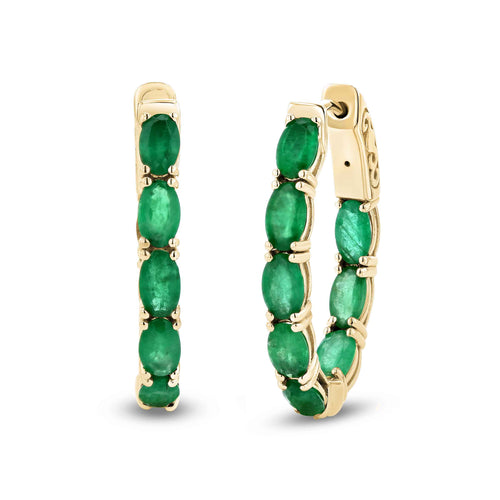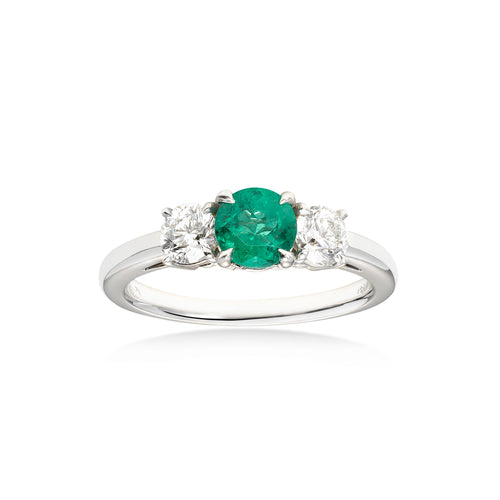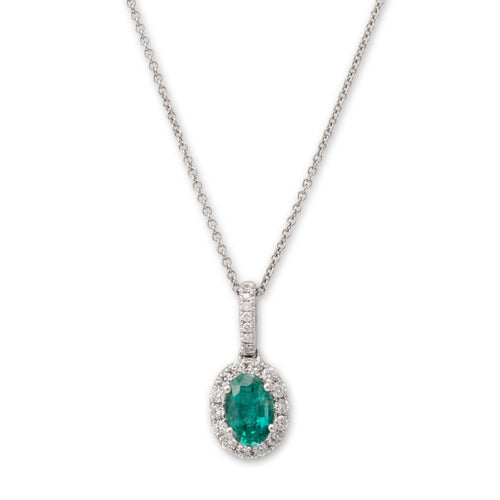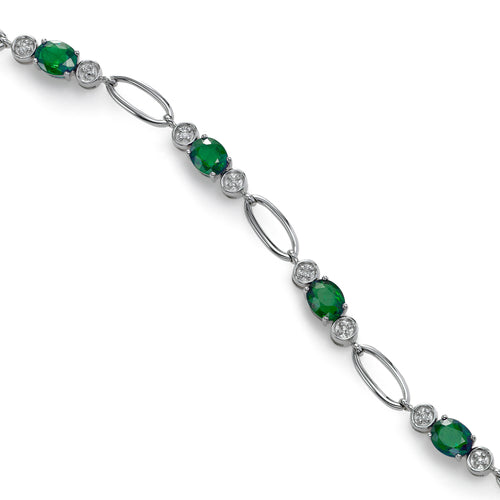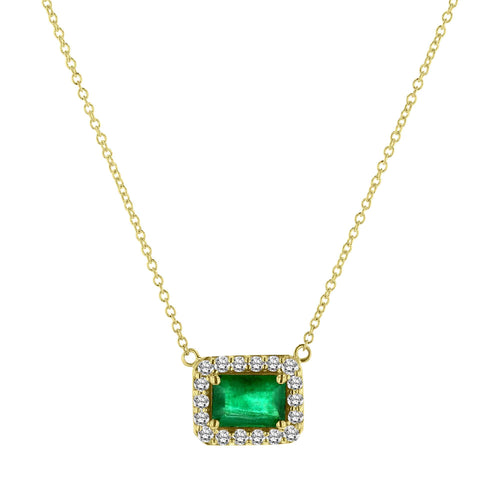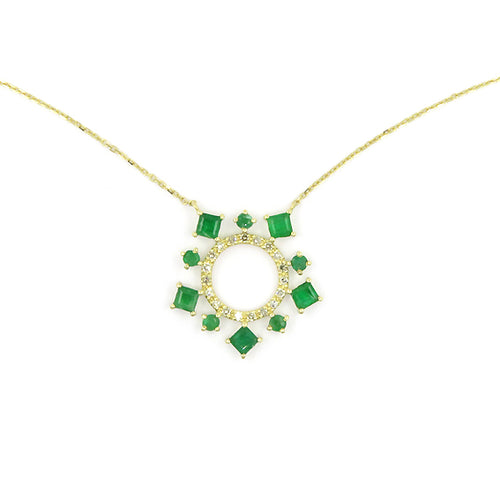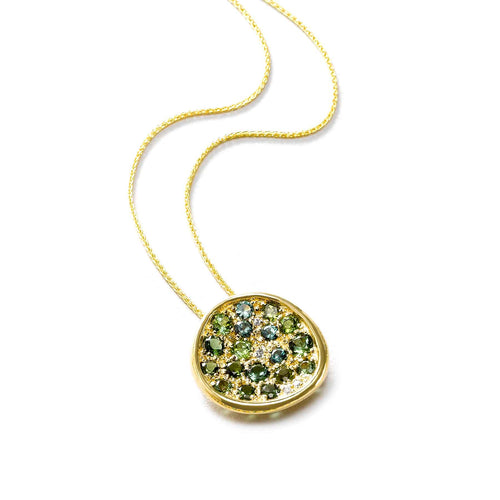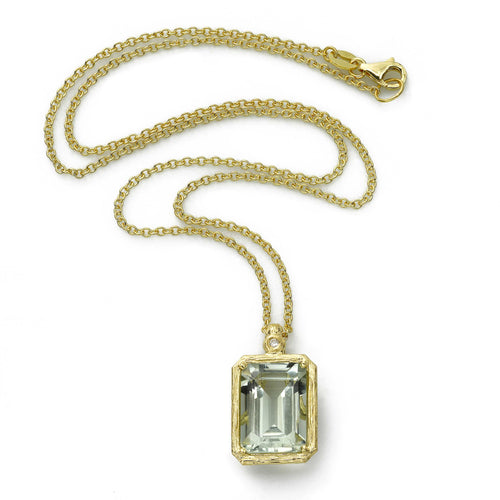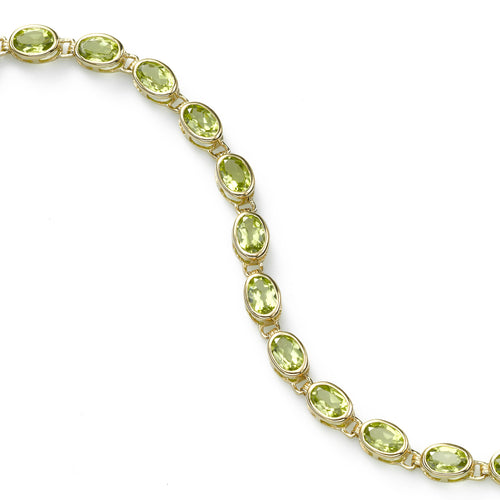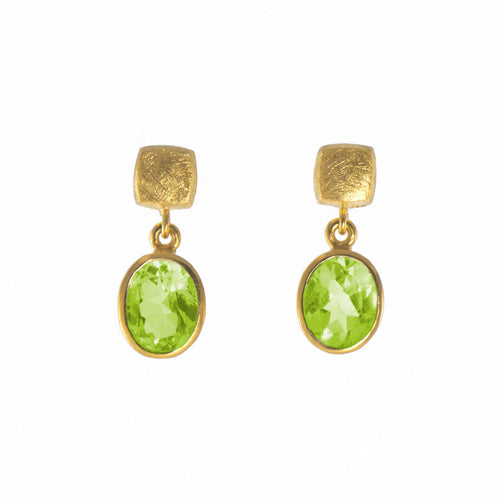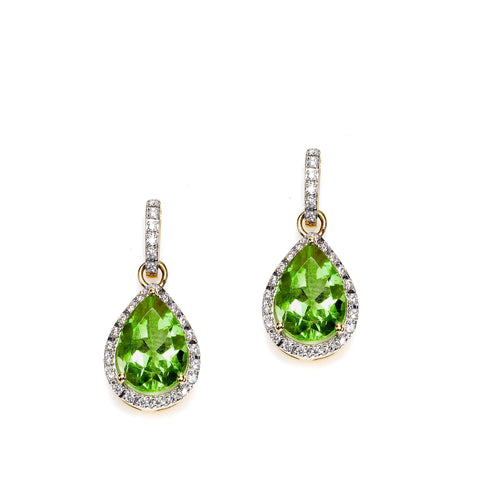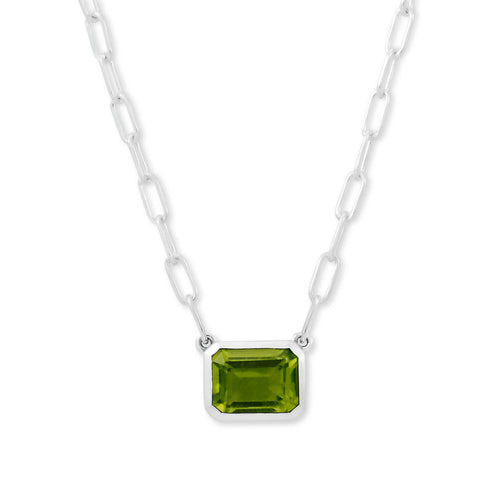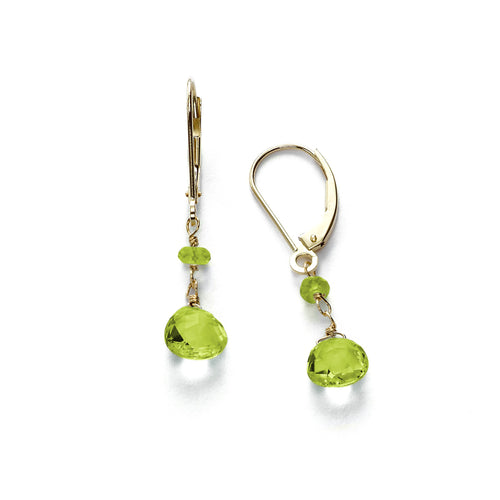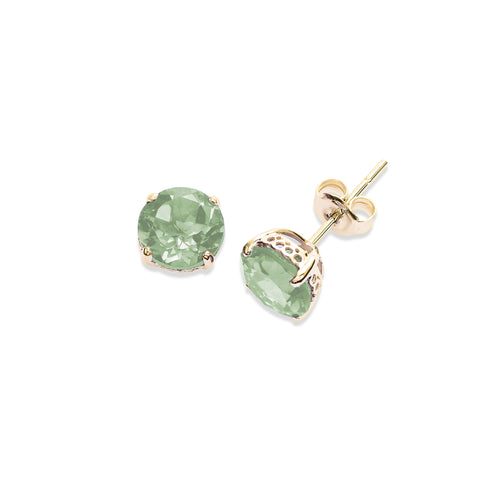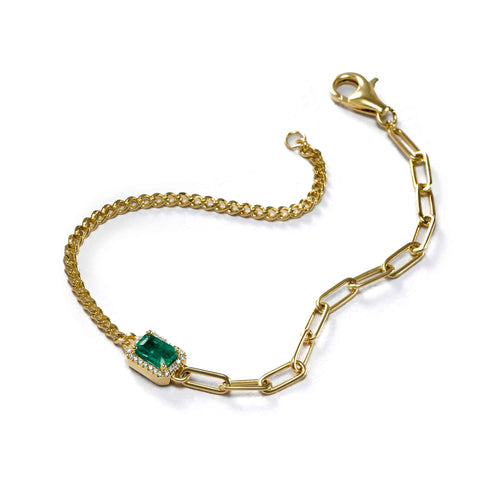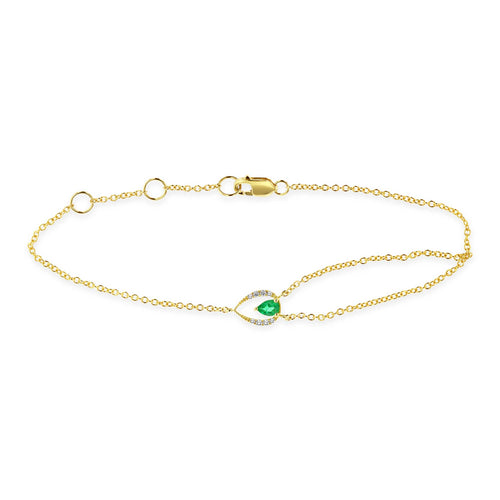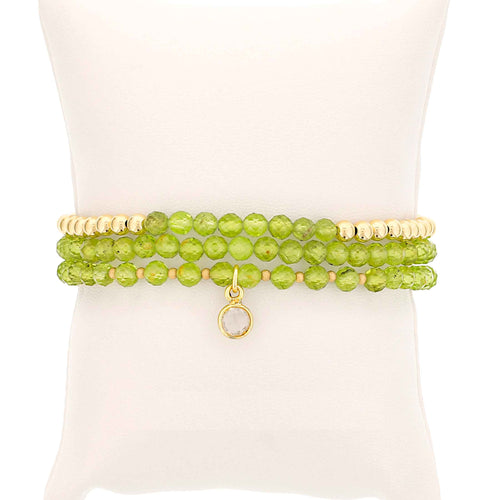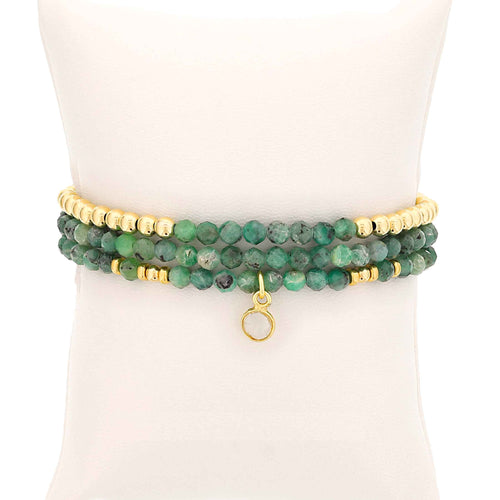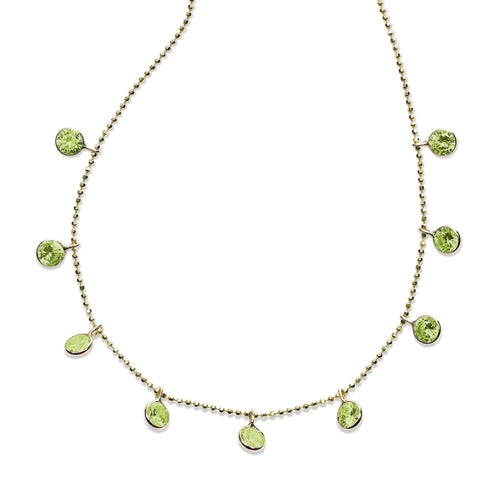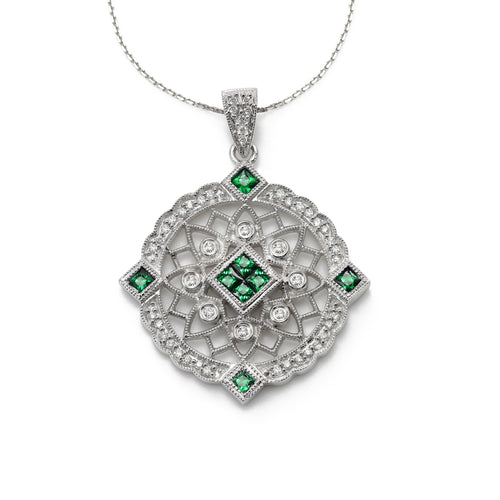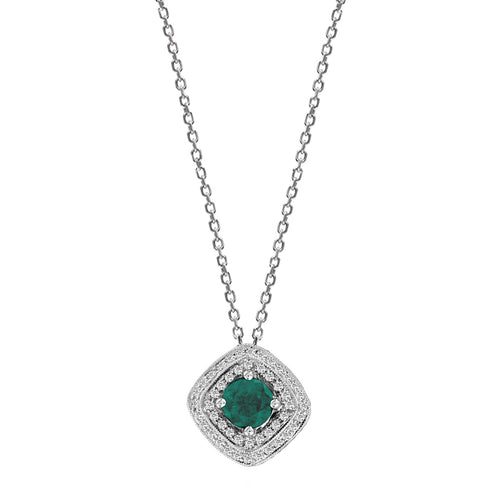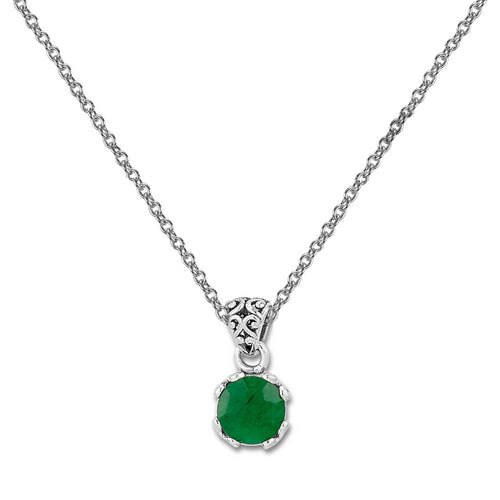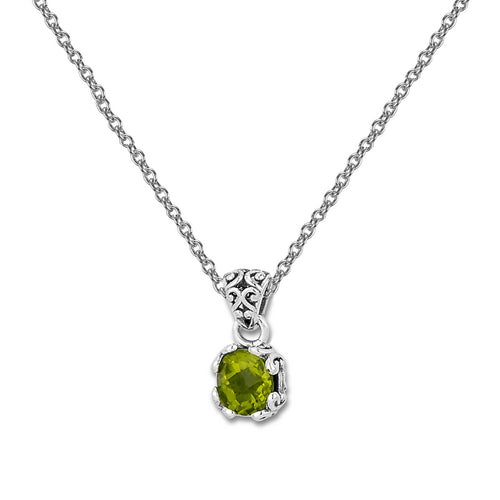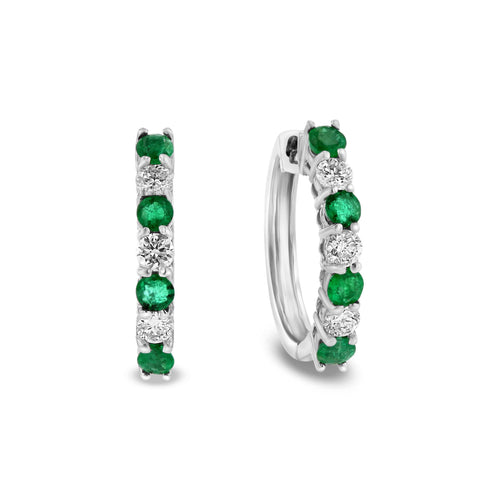Fortunoff Fine Jewelry
Green Tones Gemstone Jewelry
Green Tones Gemstone Jewelry
The gorgeous green gemstones gifted to us by Mother Earth are truly stunning. Green is the color of renewal, healing and transformation. Envision the glory of new grass, flowers and tree leaves exploding into Spring, and you immediately feel refreshed and energized.
Throughout history, green gemstones have been used in amulets for protection against illness and evil spirits; in crown jewels and brooches worn by royalty through the ages; and more recently adorning the earlobes, fingers, wrists and necks of A-list celebs everywhere from the Red Carpet to the Superbowl!
Luckily, these tones of green can be found in many different gemstones, all of which make for beautiful jewelry, in designs and price points that will satisfy your every desire. Choose your favorite from our treasure trove of greens.
Emeralds have long been prized for their intense green color. Did you know that emeralds, aquamarines, and morganites are all cousins, different varieties of beryl that gain their special colors based on tiny differences in the elements they contain? Natural emeralds exhibit a "jardin"- a garden of inclusions - which distinguishes them as natural gemstones. Virtually all emeralds are treated to increase their sparkle and reduce the visibility of the jardin. Over time this may dry out, requiring a light refreshing to enhance their beauty once again. Avoiding exposing your emerald jewelry to chemicals, soaps, perfumes, or salt- or chlorinated water will help keep it looking lovely for years to come.
Peridot is typically a slightly olive-green but also may be found in a bright yellowish green. Peridot generally occurs only in fairly small crystals, is transparent and lustrous, making it easy to facet in standard shapes and sizes so that it is well suited for jewelry designs that may also feature other colored gemstones.
Green Tourmalines are members of the multicolored tourmaline family, often heated to lighten their color. Tourmalines may be found in geometric cut gemstones, or in slice-like pieces, which inspire designers to create unusual jewels to compliment the gems.
Prasiolite is found in a soft green hue, and is a member of the Quartz family, which also includes purple amethyst, yellow citrine, and rose quartz. Heat is often applied to quartz to bring out the various shades we see. Prasiolite, like all its relatives, is a durable, fairly common gemstone, making it ideal for use in many different jewelry designs.
Green garnet, including Tsavorite, is part of the rainbow family of garnets, which are all richly saturated in color, and very durable, hence their use over the centuries in jewelry. While red garnets are very plentiful, the green varieties are less common and typically occur in small sizes. Green garnets are generally available in jewelry that commands a higher price due to their rarity.
Malachite is a deep green color, usually with stunning black striations and markings throughout. Its opaque nature makes it ideal for “cabochon” cutting, where the top is smooth rather than faceted, and it presents a very bold look that is perfectly suited for statement pieces. Malachite may be found in boulders that are even big enough to carve into statues, jewelry boxes, and other highly prized items!
Green Onyx is a distant cousin of the quartz gemstones, composed of layered bands of silicate minerals. Onyx is typically dyed (a permanent process), and may be green, black, red, or almost any other color. Green onyx, like malachite, often is cabochon cut, although some is faceted, giving a translucent appearance rather than being completely opaque. Green onyx, like its other color relatives as well as malachite, has been used throughout history to adorn jewelry as well as ornamental objects.
Opal is yet another kind of quartz gemstone, with a different crystal structure. Opals have been prized over the centuries for their amazing “play of color,” which shows different rainbow effects in different directions and under different lights. Historically found mostly in Australia, opals also are found in a few other areas of the world now, especially Ethiopia. Opals with strong flashes of green, as well as red and blue, are usually the most valuable, as they are the rarest.
